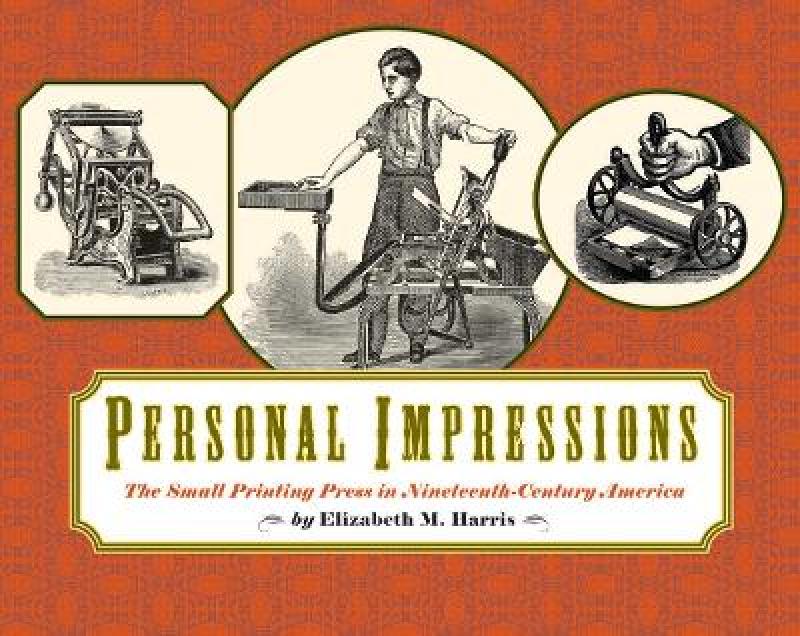This complete, definitive, and richly illustrated survey of small nineteenth-century printing presses, written by a former curator at the Smithsonian Institution, is the first history of these machines. There was, in those days, a small printing press for every purpose. And there were innumerable boys and men eager to make their fortunes by investing in one, printing for a local clientele, and, with luck, building a printing or publishing empire.
Printing was the most widespread, and competitive business of nineteenth-century America. Every city had not only its big presses for printing catalogues, books, and newspapers, but also countless smaller presses for printing small jobs – the pamphlets, posters, handbills, stationery, cards, and tickets that gave the century so much of its color. Several of the names we now count as giants of the publishing industry: Scribner, Doubleday, George Houghton of Houghton Mifflin, and Donald Brace of Harcourt Brace started out not as publishers, but as small-job printers, running their own shops and working humble, everyday, manually-operated presses.
Les mer
Produktdetaljer
ISBN
9781567922684
Publisert
2005-07-28
Utgiver
Vendor
David R. Godine Publisher Inc
Høyde
221 mm
Bredde
284 mm
Dybde
21 mm
Aldersnivå
G, 01
Språk
Product language
Engelsk
Format
Product format
Innbundet
Antall sider
200
Forfatter
